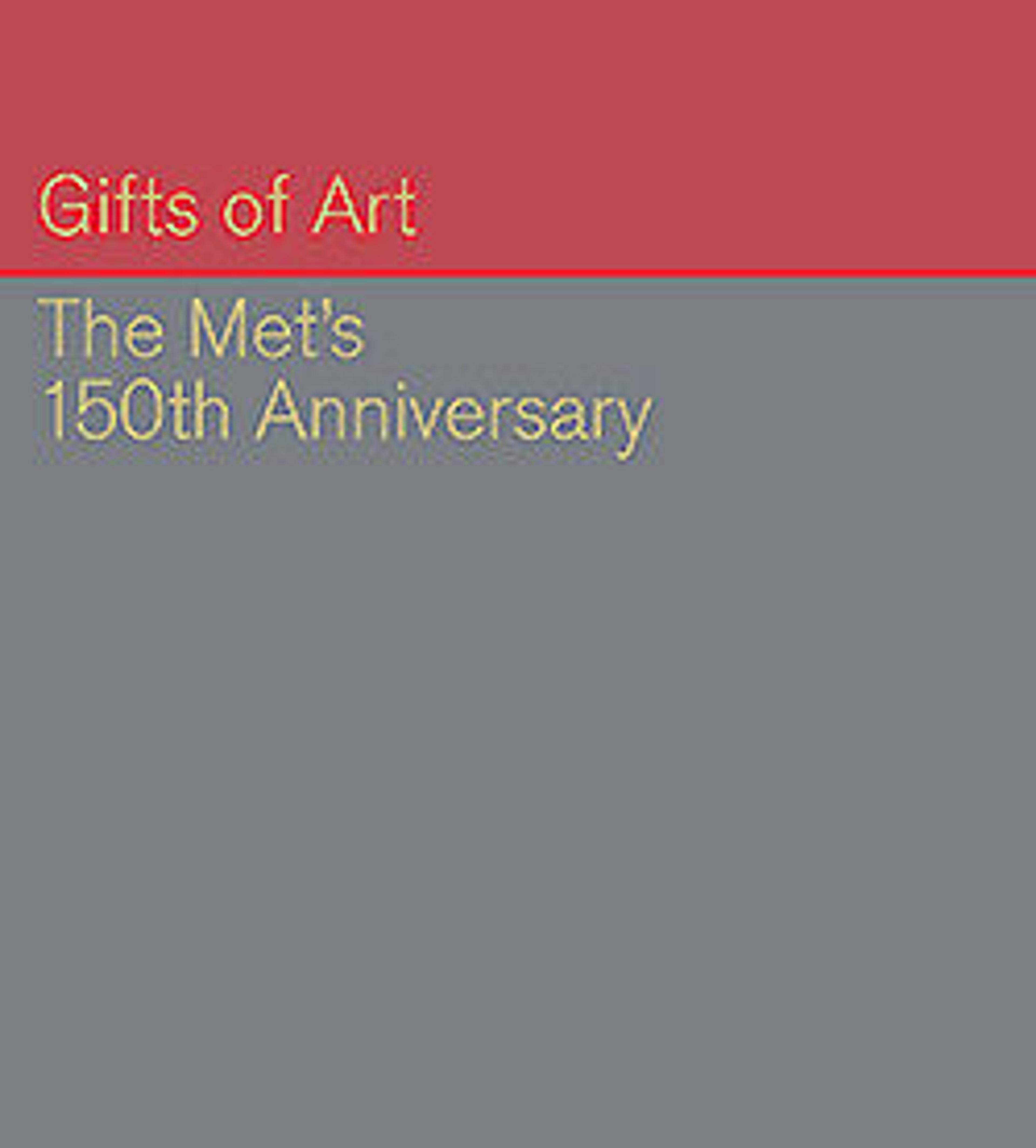Serape
Serapes (the Spanish term for blanket) are a prominent form of Navajo weaving. In the early nineteenth century, they became seen as garments of prestige among a range of Southwest residents, as well as a high-value trade item. Vibrantly colored and vividly patterned, these so-called wearing blankets build on long-established design themes. The horizontal lines and diamond shapes of this classic example—referred to by some as a rare "radio-wave" pattern—are characteristic of Southwest Native American design, reflecting varied weaving traditions and artistic exchange among Native and Hispanic communities.
Artwork Details
- Title:Serape
- Artist:Unidentified Navajo Artist
- Date:ca. 1840–50
- Culture:Diné/Navajo
- Medium:Wool
- Dimensions:49 1/2 × 73 1/2 in. (123.2 × 186.7 cm)
- Credit Line:Gift of John and Margot Ernst, in celebration of the Museum's 150th Anniversary, 2019
- Object Number:2019.373.4
- Curatorial Department: The American Wing
More Artwork
Research Resources
The Met provides unparalleled resources for research and welcomes an international community of students and scholars. The Met's Open Access API is where creators and researchers can connect to the The Met collection. Open Access data and public domain images are available for unrestricted commercial and noncommercial use without permission or fee.
To request images under copyright and other restrictions, please use this Image Request form.
Feedback
We continue to research and examine historical and cultural context for objects in The Met collection. If you have comments or questions about this object record, please contact us using the form below. The Museum looks forward to receiving your comments.
